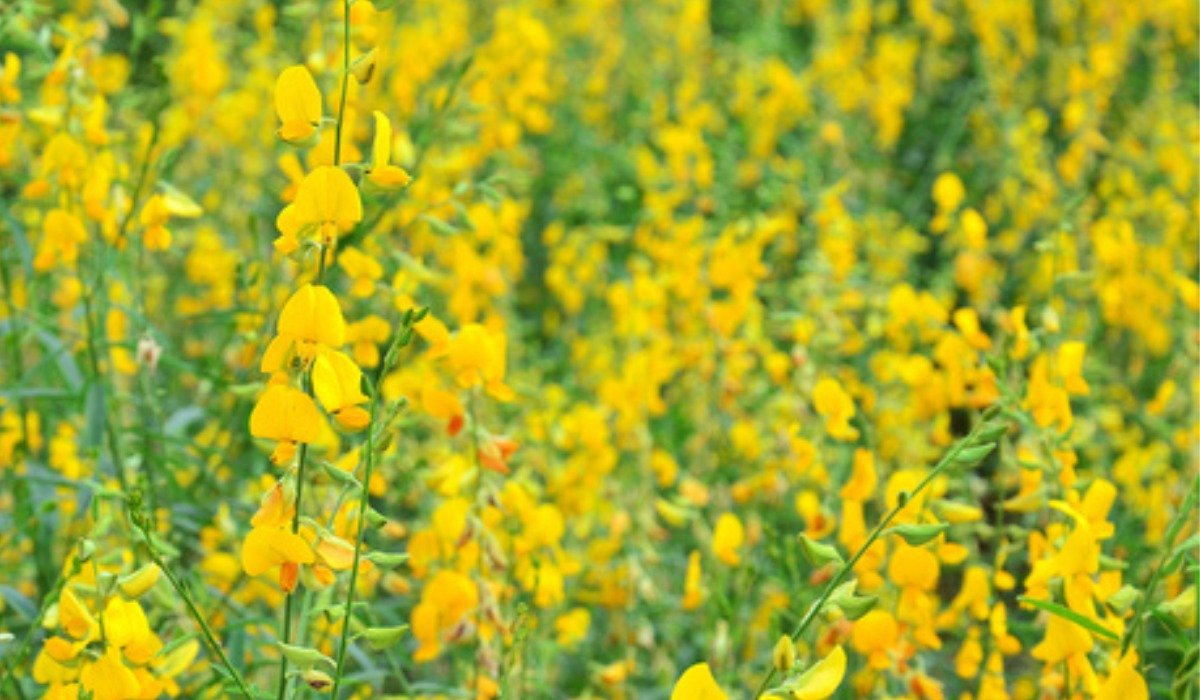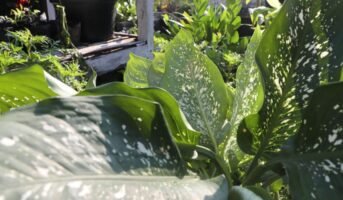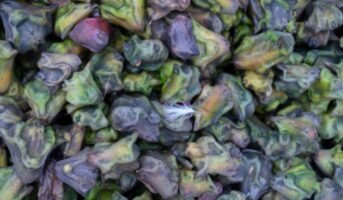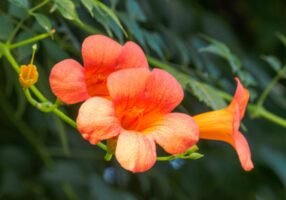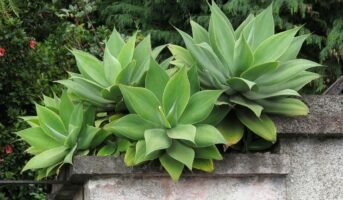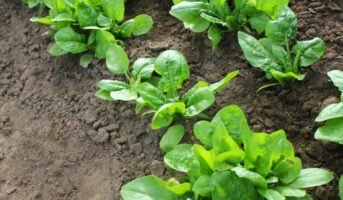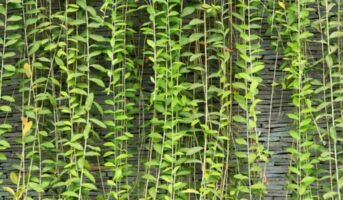The Crotalaria juncea plant, which also goes by a few other names such as brown hemp, Indian hemp, Madras hemp, or, more commonly, the sunn hemp, is a tropical South Asian plant belonging to the legume family. Generally considered to be native to India, it belongs to the Fabaceae family of plants.
Generally, the Crotalaria juncea is a multipurpose tropical and sub-tropical, shrubby, herbaceous legume plant that grows to a height of 3-9 ft. It is an annual plant. It has a lengthy tap root with vigorous lateral roots and thick, ribbed, well-developed lateral roots that are clustered together. It bears vibrant, bright yellow flowers that bear a fruit commonly known as a ‘rattlepod’ because of its seeds that appear like they are clustered in a pod.

Source: Pinterest
Crotalaria juncea: Key facts
| Phylum | Vascular plants |
| Class | Dicotyledons |
| Order | Legumes, milkworts, and allies |
| Family | Fabaceae |
| Genus | Longbeak Rattlebox |
| Species | Sunn hemp |
| Appearance | Tall, bright yellow flowers, thick, clustered stems with short, elliptical leaves spiralling around it |
See also: Common summer flowers in India
The Genus
Crotalaria
Native Habitat
India
Sun Tolerance
High
Height
3–9 foot tall
Leaves
Trifoliate leaves, elliptical,
Leave Colour
Bright green
Cold Tolerance
Weak
Fruit
Light brown when mature, cylindrical, many seeded, hairy pod
Crotalaria juncea: How to grow?
The Sunn Hemp is a fast-growing species that is grown primarily during the rainy season. The seeds should preferably be sown in a well-prepared, fertilised, and weeded seedbed at a depth of 2-3cm. It is suggested you plant the seeds in rows but scattered farming works as well. Under favourable conditions, they germinate in around 3 days.
The density of sowing seeds depends mainly on the location and the use intent of the crop. It is propagated by seeds under ideal conditions, said conditions being a moist and frost-free environment. When growing for fibre, the sunn hemp should be sown at a higher seed rate in order to produce erect stems, elongated roots, and high-quality fibre.

Source: Pinterest
Crotalaria Juncea: Maintenance
Crotalaria seems to grow on a number of soils, whichever you may find at your disposal, as long as it is well-drained. This plant does not like water logging. When grown for fibre, lightly textured soil with medium to high fertility should be used.
When grown for other purposes, clayey and low-fertility soil can be used, too, given it is well-drained. A neutral range of pH is preferred, but if we’re talking numbers, a pH of 5-8.4 with an ample amount of phosphorus works.
Crotalaria is a fast-growing plant that can suppress the growth of weeds through shading, thanks to its dense canopy.
Crotalaria Juncea: Harvesting
There are a ton of different uses for the sunn hemp plant, and the method used for harvesting it particularly depends on the use case of the plant.
If harvesting for fibre, the harvesting should be done at the flowering stage, 60-90 days after sowing, as the fibre is still thin enough to be harvested but not as thin as it would be in order to break. Harvesting by hand is preferred, but machine harvesting works as well.
The top portion of the harvested plant is first cut off for cattle feeding. The main portion of the stem is then left to dry for around 1-6 days.
When harvesting green manure, the Crotalaria plant should be ploughed within two months when the plants begin flowering. This is done so because, at this stage, the flower decomposes rapidly and will have a positive N balance at this stage.

Source: Pinterest
Crotalaria Juncea: Uses
While there are almost no existing medicinal benefits of the Crotalaria plant other than the fact that its seeds can help purify the blood and the skin. It has a plethora of commercial and botanical uses and benefits.
The Sunn Hemp plant, like other hemp variants, is primarily grown as a fibre crop. It is mainly used for making fishing commodities like strings, ropes, twines, fishing nets, etc.
For cattle, it is used for feeding and has been known to possess high amounts of protein for roughage. Raw seeds tend to be toxic and shouldn’t be fed without boiling.
It is also used to make manure out of, and it does make for good quality manure because of its high nitrous amounts. It can also be used as an intercropping plant in cereal plants or for other cash crops as well.

Source: Pinterest
Crotalaria Juncea: Toxicity
The seeds of the Crotalaria are known to be dangerously toxic and should not be fed to cattle raw.
FAQs
What is the yield of the Crotalaria plant?
It has a pretty decent amount of yield given the type of soil and atmosphere it is grown in(18-27 t/ha).
What crops can the sunn hemp be intercropped with?
For agricultural purposes, it has been known to increase the growth and crop health of crops like wheat and soybean crops.
Are the materials harvested from the Crotalaria plant strong enough for fishing?
It has been found that the stems of the Sunn hemp have posed to consist of a tensile strength that is higher than that of steel as well.
Housing News Desk is the news desk of leading online real estate portal, Housing.com. Housing News Desk focuses on a variety of topics such as real estate laws, taxes, current news, property trends, home loans, rentals, décor, green homes, home improvement, etc. The main objective of the news desk, is to cover the real estate sector from the perspective of providing information that is useful to the end-user.
Facebook: https://www.facebook.com/housing.com/
Twitter: https://twitter.com/Housing
Email: [email protected]
